Mitigate Pain Clinic – Dr Jeshnu Tople – Pain Management Specialist In Nagpur
Wrist Pain
Wrist Pain Treatment
Understanding the Wrist: Key Structures Involved
Common Causes of Wrist Pain
Repetitive Strain Injuries (RSIs)

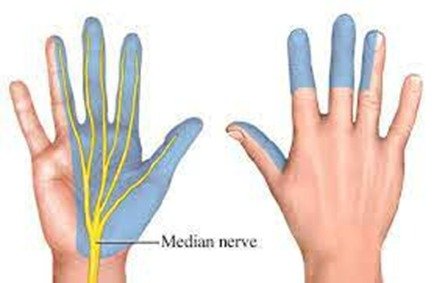
Carpal Tunnel Syndrome
Guyon Canal Syndrome
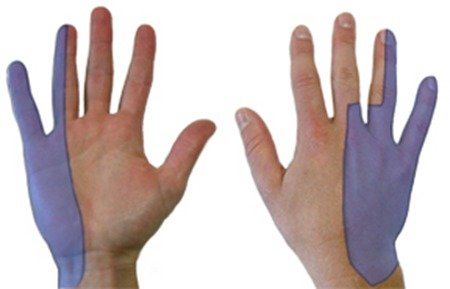
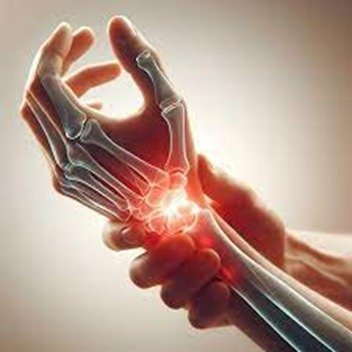
Carpal Tunnel Syndrome
Tendonitis and Tenosynovitis
De Quervain's tenosynovitis
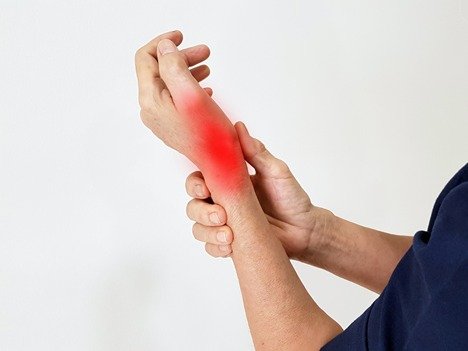
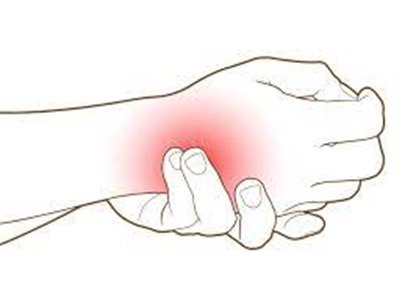
TFCC injury
Wrist Fractures and Sprains

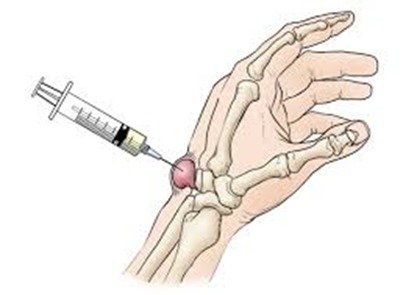
Ganglion Cysts
Symptoms of Wrist Pain: What to Watch For
Wrist pain can present with a variety of symptoms, depending on the underlying cause. Common symptoms include:
- Aching or sharp pain in the wrist
- Swelling around the wrist joint
- Difficulty gripping objects or performing tasks
- Numbness or tingling
- Weakness in the wrist or hand
If you are experiencing persistent wrist pain, tingling, burning or numbness, it’s essential to consult with a specialist at Mitigate Pain Clinic to receive an accurate diagnosis and effective treatment plan.
Risk Factors for Developing Wrist Pain
Certain individuals are more prone to developing wrist pain due to specific factors, including:
- Occupation: Jobs that require repetitive wrist movements, such as typing, assembly line work, or manual labor, can increase the risk.
- Sports: Athletes who use their wrists extensively, such as tennis players or golfers, may be more susceptible to wrist injuries.
- Age: As we age, our joints and tendons naturally weaken, making wrist pain more common.
- Health Conditions: People with conditions like diabetes, arthritis, thyroid disorder or obesity may be at a higher risk of developing wrist pain.
Understanding your risk factors can help you take preventive measures and seek early intervention when necessary.
Diagnosis of Wrist Pain: How It’s Done
Accurate diagnosis is key to effective treatment. At Mitigate Pain Clinic, we utilize advanced diagnostic tools to identify the cause of wrist pain. These include:
Physical Examination
A thorough physical exam will assess your wrist’s range of motion, swelling, and tenderness. The doctor may also check for signs of nerve compression or joint instability.
Imaging Tests
X-rays, MRIs, ultrasound or CT scans can provide detailed images of the wrist’s bones, joints, nerves and soft tissues to help identify the pathology.
Electromyography (EMG)
This test evaluates the electrical activity of your muscles and can help diagnose conditions like carpal tunnel syndrome or Guyon canal syndrome by assessing nerve function.
Conservative Management
Mitigate Pain Clinic recommends conservative treatments that can be effective for many patients, including:
- RICE (Rest, Ice, Compression, Elevation): This approach is ideal for acute injuries to reduce swelling and manage pain.
- Physical Therapy and Exercise: Strengthening exercises and stretches can help improve wrist flexibility and reduce strain.
- Medications: Certain medications like NSAIDs and co-analgesics can help manage pain and reduce inflammation.
Interventional Pain Management for Wrist Pain
Interventional pain management plays a pivotal role in alleviating wrist pain, particularly when conservative treatments are ineffective. These minimally invasive procedures focus on targeting the source of pain to provide long-term relief.
Importance of Interventional Pain Management
Interventional pain management offers precise treatments that directly address the problem areas within the wrist, reducing pain without the need for surgery.
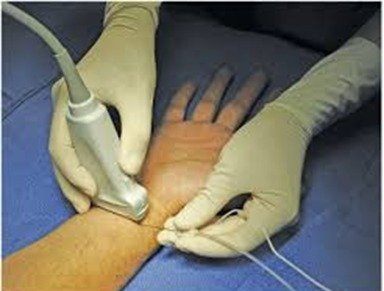
Common Procedures
Nerve Blocks
A nerve block is an injection of anesthetic near specific nerves that transmit pain signals. This treatment can provide significant pain relief for conditions like carpal tunnel syndrome.
Joint Injections
Platelet-Rich Plasma (PRP) Therapy

Growth Factor Concentrates (GFC)
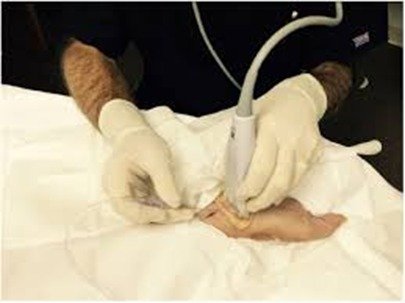
Nerve Hydrodissection
When to Consider Surgical Treatment for Wrist Pain
Preventing Wrist Pain: Tips for a Healthy Wrist
- Taking regular breaks from repetitive tasks
- Using ergonomic tools like keyboards or wrist supports
- Stretching and strengthening exercises for the wrist
- Maintaining proper posture during activities that involve wrist use
Living with Chronic Wrist Pain: Coping Strategies
The Role of Interventional Pain Management in Chronic Pain
Why Choose Mitigate Pain Clinic for Wrist Pain Treatment
At Mitigate Pain Clinic, we specialize in advanced interventional pain management techniques to treat wrist pain effectively. Our expert focuses on delivering personalized care that addresses the unique needs of each patient. From diagnosis to treatment, we use state-of-the-art technology and proven methods to ensure the best outcomes.
Expertise in Interventional Pain Management
Our clinic is staffed by highly trained pain management specialists skilled in delivering cutting-edge treatments for wrist pain.
Personalized Treatment Plans
We take the time to understand your specific symptoms, lifestyle, and medical history to create a customized treatment plan that works for you.
Holistic Approach to Pain Relief
In addition to medical interventions, we emphasize the importance of holistic care, including physical therapy, ergonomic adjustments, and lifestyle changes to promote long-term wrist health.
Conclusion
FAQs About Wrist Pain
Our Treatments
- Joint Pain
- Back Pain
- Sciatica Pain
- Neck Pain
- Hand Pain
- Shoulder Pain
- Foot & Ankle Pain
- Limb Pain
- CRPS Pain
- Cancer Pain
- Headache
- Hyperhidrosis
- Herpes Zoster Pain
- Chronic Pelvic Pain
- Scar Tenderness
- Postherpetic Neuralgia
- Trigeminal Neuralgia
- Peripheral Neuralgia
- Chronic Vascular Pain
- Generalised Body Pain
- Chronic Injury Pain
- Failed Back Surgery Syndrome
- Chronic Post Surgical Pain
- Other Painful Conditions
- Slipped DISC / PIVD